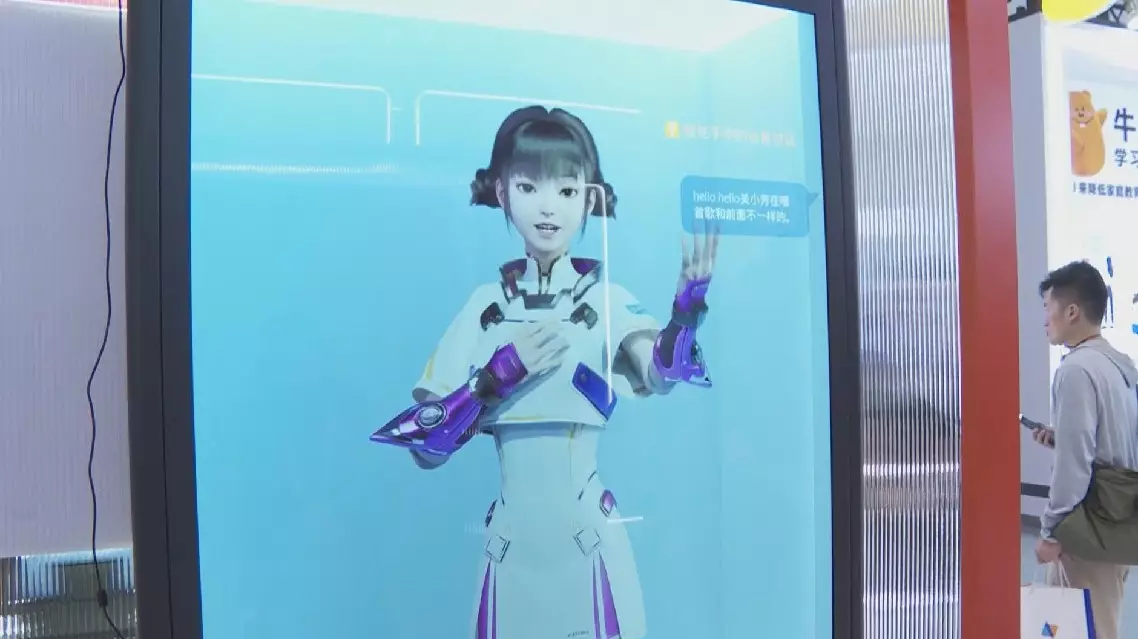China's service trade surged by 16 percent in the first five months of 2024, fueled by a booming travel industry, the Ministry of Commerce announced on Thursday.
The total value of service imports and exports reached 3.02 trillion yuan (about 415.6 billion U.S. dollars).
Exports saw a strong rise of 11 percent to reach 1.22 trillion yuan with imports growing even faster by 19.6 percent to reach 1.8 trillion yuan, resulting in a service trade deficit of 580 billion yuan during the period.
Maintaining a high growth rate, travel services imports and exports totaled 819.72 billion yuan, a 48.4-percent increase, making it the largest sector in service trade.
Knowledge-intensive service trade continued to expand, with a total of 1.19 trillion yuan in imports and exports, a 6-percent increase.
Within this sector, exports of knowledge-intensive services reached 675.31 billion yuan, growing by 2.8 percent. There was particularly strong growth in the areas of intellectual property rights fees and personal cultural and entertainment services, with increases of 17.8 percent and 15.5 percent, respectively.
Imports of knowledge-intensive services were 514.58 billion yuan, growing by 10.4 percent, with personal cultural and entertainment services and other business services seeing the fastest growth, at 49.4 percent and 17.2 percent, respectively.

China's service trade surges in Jan-May with tourism boom
Advanced AI models took center stage at this year's World AI Conference(WAIC)in Shanghai, showcasing their transformation into adaptable workplace assistants across industries.
The three-day WAIC, which concluded in east China's financial hub of Shanghai on Saturday, gathered more than 500 exhibitors including global giants like Tesla and Microsoft, with over 1,500 innovative products on display.
The various generative models, including text-to-text, text-to-image, image-to-video, and text-to-video models, as well as multimodal large language models, have amazed visitors. With the support of the latest and most diverse large language models, these AI assistants are gradually becoming a part of our daily lives.
In particular, the 3D digital anchor Guan Xiaofang developed by the Kuaishou AI Team, which has already been employed on the company's shopping platform, can even converse with users based on their facial expressions.
"Previously, our 3D digital humans were driven by a real human actor as the operator. But today's Guan Xiaofang is driven by our multimodal large language model. Essentially, it is our KuaiYii language model and KuaiYii large language model that are powering the real-time visual understanding and language understanding to facilitate the interaction. In the future, our 3D digital humans have really expansive applications in e-commerce, live streaming, short-form video, and more," said Zhang Di, the leader of Kuaishou's multimedia and large model department.
A team from Caohejing Hi-tech Park brought their base model developed for scientific research, which will allow research across multiple disciplines to interconnect, forming a larger academic research network.
"By applying cross-disciplinary fields like biology, physics, and chemistry within the same large language model framework, the intersections of different research directions can be integrated. In this way, our AI model can play as a master's or PhD student to participate in these parallel research and cross-disciplinary projects," said Shi Yun, project manager of the science and technology innovation department of the high-tech park.
The models exhibited at the conference represent only a small portion of the thriving AI models in China.
Currently, Shanghai alone has 34 large language model applications that have completed the filing process, covering areas such as manufacturing, finance, and embodied intelligent robots.
China is now home to 36 percent of the world's AI large language models, the second-largest proportion only after the United States, according to a whitepaper on the global digital economy released by the China Academy of Information and Communications Technology at the Global Digital Economy Conference 2024 that opened on Tuesday.
"This year, in terms of pre-training, China has seen the emergence of many highly competitive large language models compared to last year. Developers have been exploring multimodal application of these models, greatly enriching their application scenarios. The whole industry is flourishing," said Qiu Xipeng, professor at Fudan University's School of Computer Science.
Qiu also noted that when the industry seeing rapid development, it is necessary to incorporate safety governance into the agenda. This includes establishing the appropriate rules and protocols that AI systems should adhere to, mitigating vulnerabilities, and strengthening privacy protections.

China's AI models mushroom as multifaceted assistants










